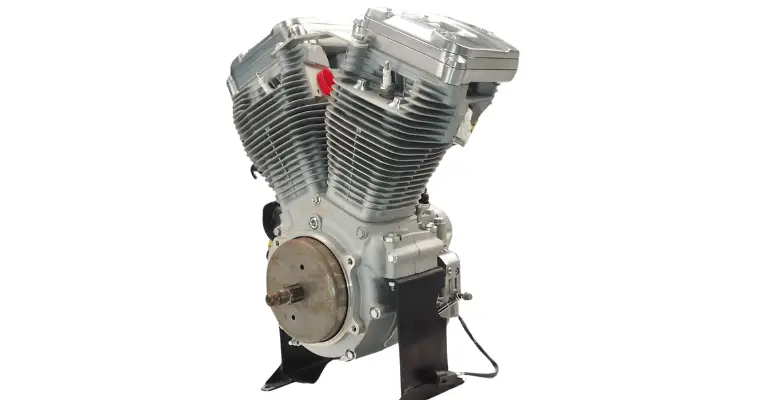Last Updated on January 12, 2024 by Pittalks
Harley Davidson motorcycles, renowned for their distinctive design and roaring engines, have captivated the hearts of bike enthusiasts worldwide for decades. One of the brand’s iconic engine models is the Harley Evo Motor, known for its power and durability. However, like all machines, it has had its share of challenges. This comprehensive guide aims to shed light on the common problems encountered with the Harley Davidson Evolution Engine, often referred to as the ‘Evo’ engine, and provides solutions to these issues.
Quick notes:
– Harley’s Twin Cam vs Evo: Who’s Really The King Here?
– The Best Year Harley Evo Motor: Celebrating Reliability and Style
When Did Harley Make The Evo Motor?
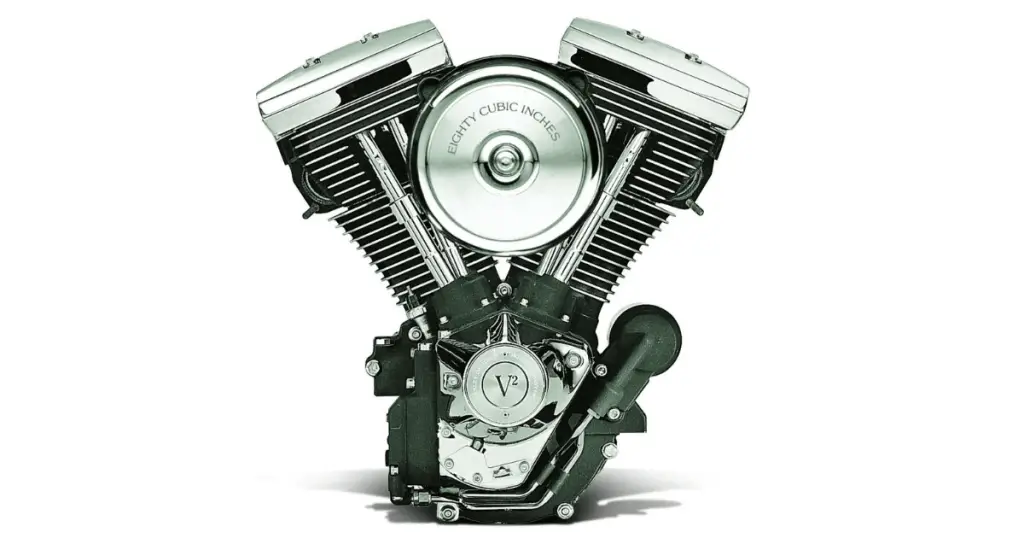
The Harley Evo Motors were produced from 1984 to 1999. The Evo Motor was a game-changer for Harley Davidson, heralding a new era of more reliable and easier-to-maintain engines. Over the years, this engine was installed in several Harley Davidson models, marking its strong presence in the Harley lineup.
Are Evolution Engines Reliable?
The Evo engine was deemed a significant upgrade over its predecessors during its production years in terms of power, reliability, and maintenance ease. However, like any mechanical component, the Evolution engine was not devoid of issues. Some of these became more apparent over time, necessitating regular maintenance and, in some instances, repairs.
What Were The Most Common Evolution Engine Problems?
Despite the improvements the Evo engine offered over previous models, it had several weak points. Below, we will delve into some of the most common issues and their solutions:
Difficulty Starting The Bike
Occasional difficulty in starting the bike is a common issue encountered with the Evo engine. This problem can be attributed to a weak battery, a malfunctioning starter motor, or a faulty ignition system.
Diagnostic Procedure
The first step in diagnosing this problem is to check the battery voltage. If it’s lower than the recommended level, consider replacing the battery. If the battery is fine, inspect the starter motor and the ignition system for any signs of wear or damage. If necessary, replace the faulty parts.
Faulty Speed Sensors
The speed sensor can sometimes fail, leading to erratic speedometer readings. This could pose a serious issue, as it can result in incorrect speed readings while riding.
Diagnostic Procedure
Use a multimeter to measure the voltage across the sensor terminals while the bike is running. Inconsistent readings might indicate that the speed sensor is faulty and needs replacement.
Overheating Engine
Another common issue with the Evo engine is overheating. This could be due to a malfunctioning cooling system, a blocked radiator, or an issue with the engine’s oil supply.
Diagnostic Procedure
Start by inspecting the cooling system. Check the coolant level and ensure that the radiator is not blocked. If the cooling system is functioning properly, inspect the engine oil level and quality. Low oil level or poor-quality oil can lead to engine overheating. If required, replace the engine oil and the oil filter.
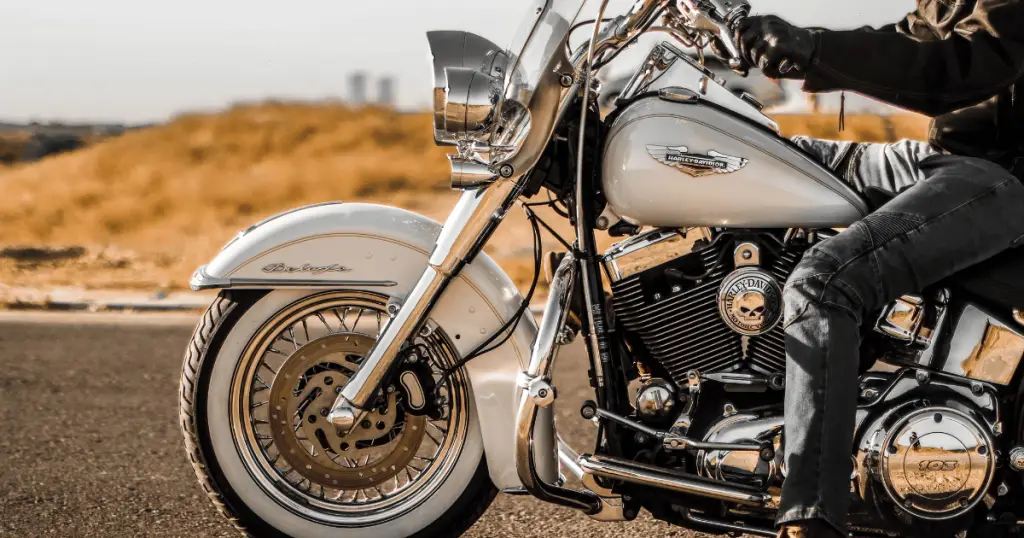
Other Notable Evo Engine Problems
Besides the problems mentioned above, the Evo engine had several other issues. Here are some of them, along with their corresponding diagnosis and solutions:
Low Oil Pressure Problems
Low oil pressure is a common problem with the Evo engine. This can result in inadequate lubrication of the engine parts, leading to increased wear and tear.
Diagnostic Procedure
To diagnose this issue, use an oil pressure gauge to measure the oil pressure while the engine is running. If the pressure is lower than the recommended level, it’s likely that the oil pump is faulty and needs to be replaced.
Smoking From Exhaust Pipes
Excessive smoke from the exhaust is another common issue with the Evo engine. This could be due to worn piston rings or valve seals, or a faulty head gasket.
Diagnostic Procedure
To diagnose this issue, inspect the exhaust smoke color. White smoke indicates a coolant leak, which could be due to a faulty head gasket. Blue smoke indicates oil burning, which could be due to worn piston rings or valve seals. If needed, replace the faulty parts.
Cam Chain Tensioners Prone to Failure
Cam chain tensioner failure is a well-known issue with the Evo engine. A failing tensioner can lead to noisy operation and, in severe cases, catastrophic engine damage.
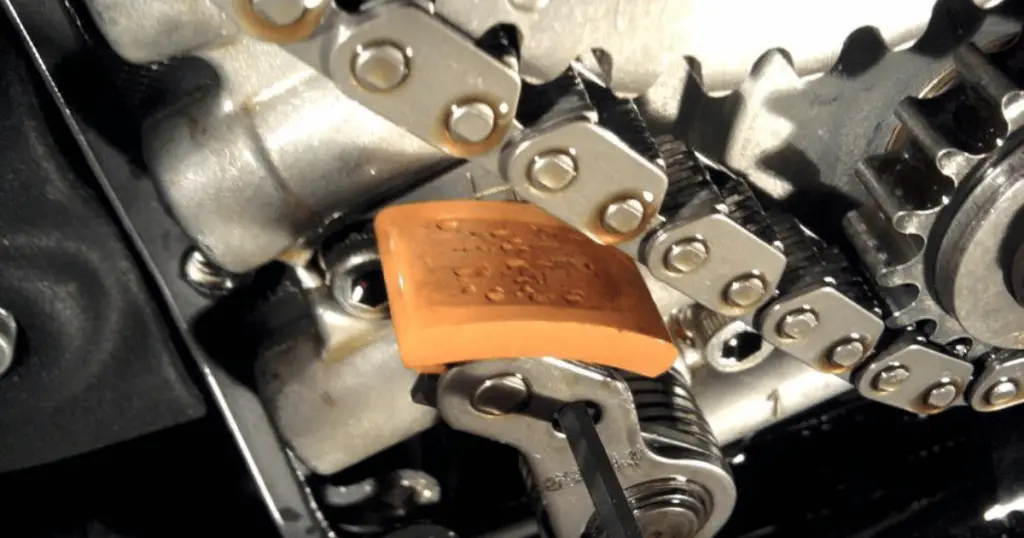
Diagnostic Procedure
To diagnose this issue, listen for a rattling noise from the engine while it’s running. If you hear such a noise, it’s likely that the cam chain tensioner is failing and needs to be replaced.
Stalling Engine When Riding
In some cases, the Evo engine may shut off while riding. This could be due to a faulty ignition switch, a malfunctioning fuel pump, or an issue with the engine’s electrical system.
Diagnostic Procedure
To diagnose this issue, check the fuel supply and the ignition system. If there are any signs of malfunction, replace the faulty parts. If the fuel supply and the ignition system are fine, inspect the engine’s electrical system for any signs of damage or loose connections.
Intermittent Loss of Power
Sudden and intermittent power loss is another issue with the Harley Evo engine. This could be due to a faulty ignition coil, a clogged fuel filter, or a malfunctioning throttle position sensor.
Diagnostic Procedure
To diagnose this issue, check the ignition coil, the fuel filter, and the throttle position sensor for any signs of wear or damage. If needed, replace the faulty parts.
Other Misc. Starting Problems
Starting issues are common with the Harley Evo engine. This could be due to a weak battery, a faulty starter motor, or a malfunctioning ignition system.
Diagnostic Procedure
To diagnose this issue, check the battery voltage first. If it’s lower than the recommended level, consider replacing the battery. If the battery is fine, inspect the starter motor and the ignition system for any signs of wear or damage. If needed, replace the faulty parts.
Valve Clearance Issues
Tight valve clearance is another issue with the Harley Evo motor. This can lead to poor engine performance and increased wear and tear on the engine parts.
Diagnostic Procedure
To diagnose this issue, check the valve clearance using a feeler gauge. If the clearance is lower than the recommended level, it’s likely that the valves need to be adjusted.
Odd Noises From The Engine
Tapping and knocking noises from the engine are common issues with the Evo engines. This could be due to worn engine parts, insufficient lubrication, or improper engine tuning.
Diagnostic Procedure
To diagnose this issue, listen for any unusual noises while the engine is running. If you hear tapping or knocking noises, it’s likely that the engine parts are worn and need to be replaced. Also, ensure that the engine is properly lubricated and tuned.
Issues Idling (High or Low)
Idling issues are also common with the Evo engines. This could be due to a clogged idle air control valve, a faulty throttle position sensor, or a malfunctioning fuel injection system.
Diagnostic Procedure
To diagnose this issue, check the idle air control valve, the throttle position sensor, and the fuel injection system for any signs of malfunction. If needed, clean or replace the faulty parts.
What Were The Harley Evo Years To Avoid?
The initial production years of the Evolution engine, particularly from 1984 to 1987, were considered the worst. During these years, the engine was still in its nascent stage, with several bugs and issues which were later rectified in subsequent production years.
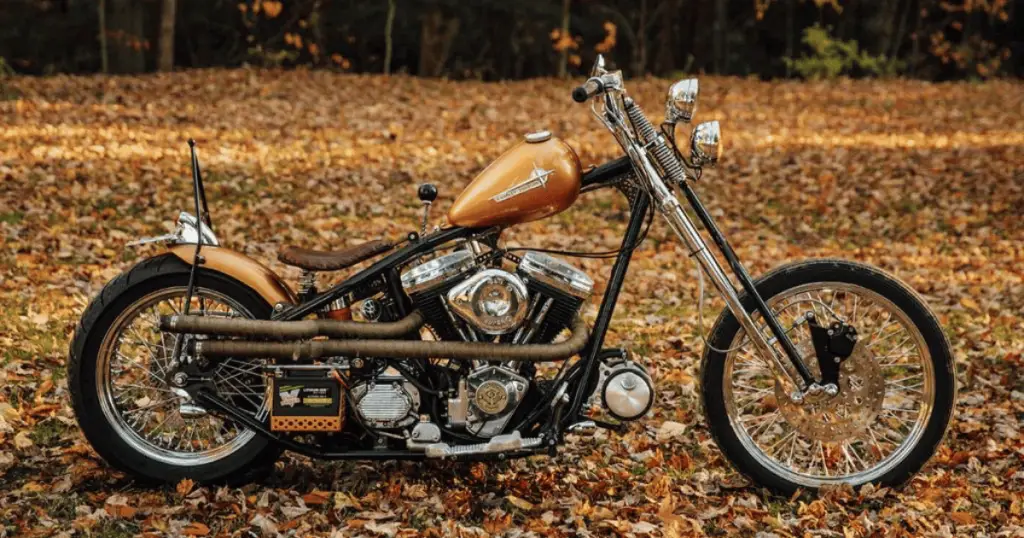
What Could Be Done About These Issues?
Most of the problems associated with the Evolution engine could be avoided with regular maintenance and timely repairs. Keeping the engine clean, using high-quality oils and parts, and getting the engine serviced by a professional at regular intervals can significantly reduce these issues.
Did The Evo Improve Over Time?
Yes, the Evolution engine underwent several improvements over its production years. From 1991 to 1999, the engine saw significant enhancements in terms of performance and reliability. This was achieved through design changes and the use of better-quality components. But which models were affected the most?
- What Year Harleys to Avoid (A Comprehensive Guide)
- Street Glide Years to Avoid (A Comprehensive Overview)
- Road King Years to Avoid (A Comprehensive Overview)
- Road Glide Years to Avoid (A Comprehensive Overview)
- Electra Glide Years to Avoid (A Comprehensive Overview)
Wrapping Up and Summary
The Harley Davidson Evolution engine, despite its issues, is still revered by many for its power and durability. Understanding its common problems and how to address them is key to a trouble-free ride. Regular maintenance and timely repairs are crucial in ensuring the longevity of the Evolution engine. Remember, every machine has its quirks, and the Evolution engine is no exception. But with the right care and attention, you can enjoy a smooth and powerful ride with your Harley Evo engine.
Frequently Asked Questions
A Harley Evo engine’s lifespan varies based on maintenance and use, but it typically lasts between 40,000 to 150,000 miles. Regular servicing and proper care significantly extend its longevity.
Harley stopped producing the Evo engine for its main models in 1999, transitioning to the Twin Cam engine. However, the Evo continued in some custom and smaller production models until later.
The Harley Evo motor is known for its reliability. Introduced in 1984, it gained a reputation for being more reliable and less prone to oil leaks compared to previous models, with a simpler, more robust design.
Harley-Davidson motorcycles equipped with the Evo engine were produced from 1984 to 1999. During this period, the Evo engine was a staple in many of Harley’s most popular models.
The horsepower of a Harley Evo engine varies by model, but it generally ranges from 55 to 70 horsepower. Factors like engine tuning, exhaust systems, and other modifications can affect the exact horsepower.

